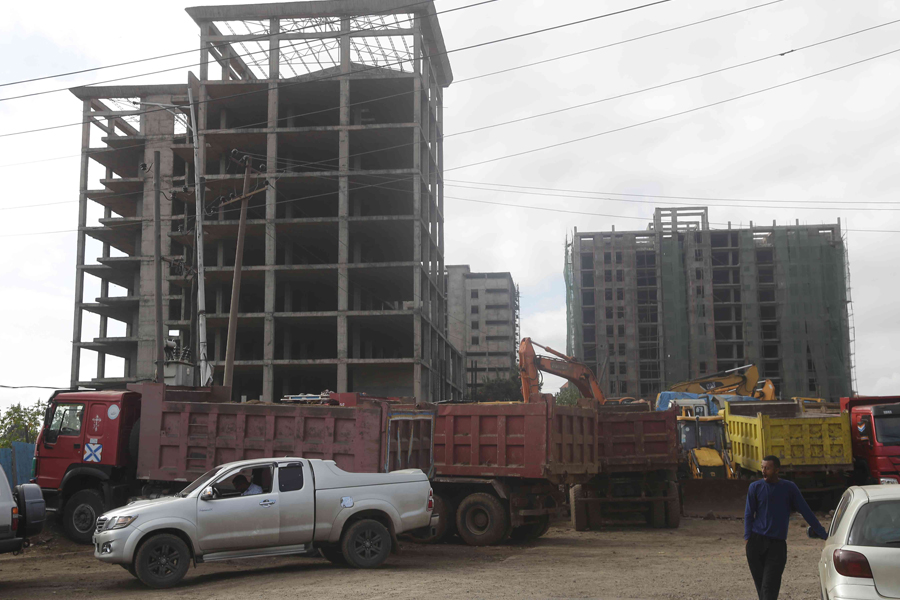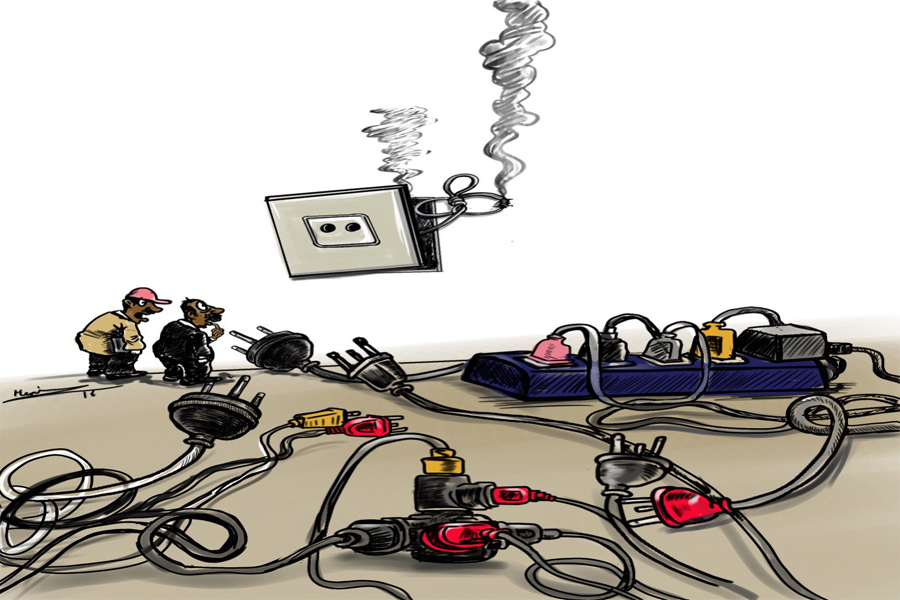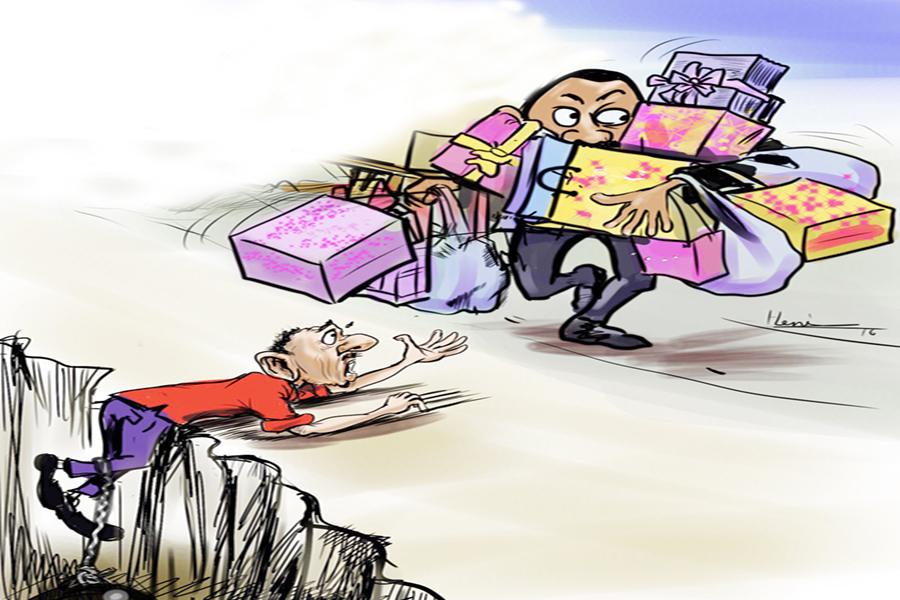
Radar | Aug 22,2020
The National Bank of Ethiopia (NBE) is considering three options for how to dispose of the old banknotes that are going to be fully redeemed in two months. Burning, shredding the banknotes to turn them into bricks or buying a machine that cuts them into pieces the size of confetti are the options that have been tabled to the Governor for approval.
A team at the Bank, which has been assessing possible alternatives for the disposal, tabled the options to Governor Yinager Dessie (PhD) a few weeks ago. Depending on the Governor's decision, the central bank will proceed with destroying the banknotes once the full changeover process is completed.
The Bank has a burn site at Wonji, a town located 110Km from the capital. Before it procured a currency destroying machine six years ago, the central bank had been disposing of tired notes by burning them. Currently, it operates a currency destroying machine that was produced by German company G&K Medizinische System GMBH. The machine also has the benefit of reducing environmental pollution and saves labour that burning the notes required.
With the capacity to destroy 2,100Kg of old banknotes in two and a half hours, the machine converts tired bills into inputs for brick making that also generates revenues for the Bank. The machine is installed at a central bank warehouse located at the former Artistic Printing Enterprise on Sudan Street. The place was also previously used to burn currency.
If the governor decides on the procurement of a new machine, the Bank will float a tender, according to a source familiar with the issue.
By the end of last week, the Bank had distributed 96 billion Br worth of banknotes across 6,561 branches in the country. It expects to collect a total of 140 billion Br of old notes that are in circulation. During the changeover process, which requires exchanging more than 5,000 Br to be effected through a bank account, over 920,000 new accounts have been opened, and 31 billion Br was mobilised from these new accounts.
The currency demonetisation, the first in 17 years, has introduced a 200 Br denomination and changed the security features and colours of the 100 Br, 50 Br and 10 Br denominations. The 200 Br denomination is purple, while the 100 Br and the 50 Br denominations are light blue and orange, respectively. The colour of the 10 Br note has been changed to green. Three months were given for the complete changeover of the currency.
People with cash between 100,000 Br and 1.5 million Br were given a month to change their money, and the deadline lapsed last Friday. The central bank has also declared transactions over 50,000 Br in value to be done through banks.
Since Ethiopia started using banknotes in 1915 during the regime of Emperor Menelik II, it has so far changed them five times, including this recent change that cost the country 3.7 billion Br alone for printing costs.
Before destruction, the money will be counted, which may take some time, according to the same source.
For the disposal process, the Bank needs a machine that has a three-fold higher capacity than the existing currency destroying machine, according to a person knowledgeable of the process.
"The existing machine destroys about 1,000Kg of banknotes an hour," he said.
He also suggested that burning should not be an option at all due to its environmental cost.
PUBLISHED ON
[ VOL
, NO
]

Radar | Aug 22,2020

Radar | May 06,2023

Radar | Sep 27,2020

Fortune News | Nov 29,2020

Radar | May 31,2020

Radar | Mar 16,2024

Radar | Dec 02,2023

News Analysis | Apr 13,2024

Commentaries | Aug 14,2021

Fortune News | Dec 11,2021

Jul 13 , 2024 . By AKSAH ITALO
Investors who rely on tractors, trucks, and field vehicles for commuting, transportin...

Jul 13 , 2024 . By MUNIR SHEMSU
The cracks in Ethiopia's higher education system were laid bare during a synthesis re...

Jul 13 , 2024 . By AKSAH ITALO
Construction authorities have unveiled a price adjustment implementation manual for s...

Jul 13 , 2024
The banking industry is experiencing a transformative period under the oversight of N...

Jul 20 , 2024
In a volatile economic environment, sudden policy reversals leave businesses reeling...

Jul 13 , 2024
Policymakers are walking a tightrope, struggling to generate growth and create millio...

Jul 7 , 2024
The federal budget has crossed a symbolic threshold, approaching the one trillion Bir...

Jun 29 , 2024
In a spirited bid for autonomy, the National Bank of Ethiopia (NBE), under its younge...